
Cinematographer is someone who is responsible for translating all the nonverbal elements of a narrative into a visual vocabulary. As the greek etymological origins of the word suggest, cinematographer is someone capable of writing in motion. Cinematographers deal with the lighting, camera movement, coloring and above all, the life of cinema. They weave together these varied elements into a coherent whole, allowing the audience to comprehend the story unfolding in a specific environment. In essence, it is the job of a Cinematographer to create mood and tone conducive to development of a story. Hence the process of filmmaking will involve a director, scriptwriter and cinematographer collaborating closely in efforts to realize a shared goal.
Cinema, as you may know, has been a constant source of change, both in its form of aesthetics and style. The advent of new technologies has not only lifted standards but helped cinematographers to experiment with styles that were previously deemed impossible. This article sheds light on 6 masters of instruments credited with gifting us some of the most beautiful visuals in movie history.

Any list of best cinematographers in world cinema will be incomplete without Kazuo Miyagawal. World famous for his historic collaboration with iconic Japanese director Akira Kurosawa, Kazuo was a true artist in the traditional sense. With specialization in Ink painting, Kazuo used his in-depth knowledge of art as a springboard for visualizing cinematic sequences. He was heavily influenced by german movies of expressionist era, traces of which are evident in his black and white films. He has come to be highly regarded for the use of long track shots, a case in point is Rashomon (1950). Drawing on deft moving camerawork, Kuzuo was able to dramatize and heighten the suspense in scenes. He is today known as the most influential Japanese cinematographer who has redefined the aesthetics of world cinema, and influenced many contemporary cinematographers.
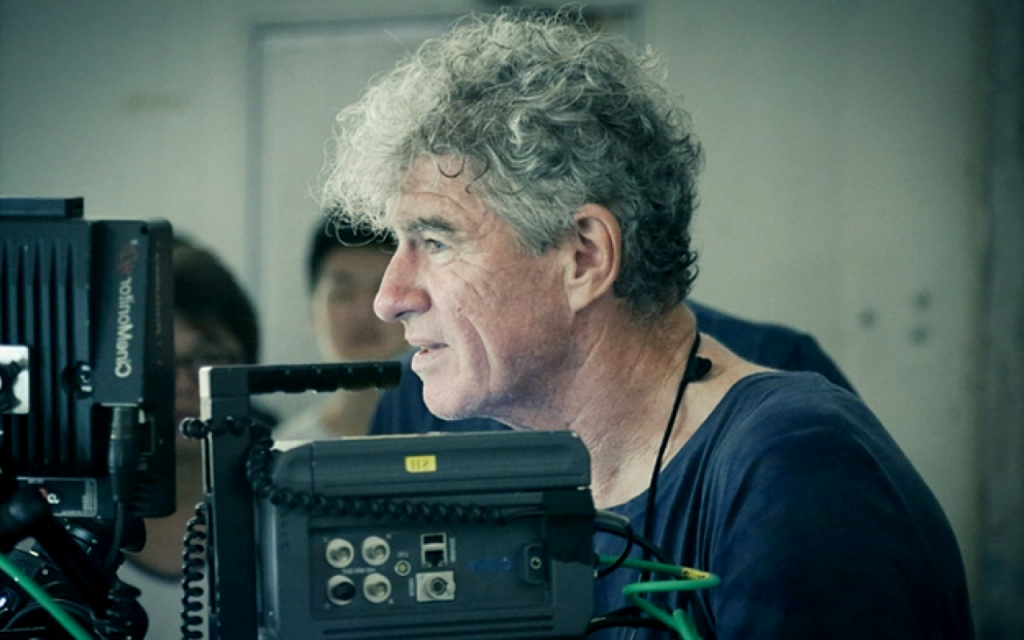
The sixty six year old Australia based cinematographer has bagged prestigious awards in various film festivals including cannes and venice. In his early twenties, Doyle left for china where he traveled extensively, learning the language and dabbling in different fields. It wasn’t until 1983 that he finally developed an interest in cinematography which he attributed to pure coincidence. While Doyle has held Camera for a host of directors, his most famous work came out of collaboration with Wong Kar Wai. The partnership that spanned over 15 years, produced the likes of Chungking Express (1994), and In the mood for Love (2000). Having left a mark of his own in the field, Doyle is today tipped by many to be a great for the future.
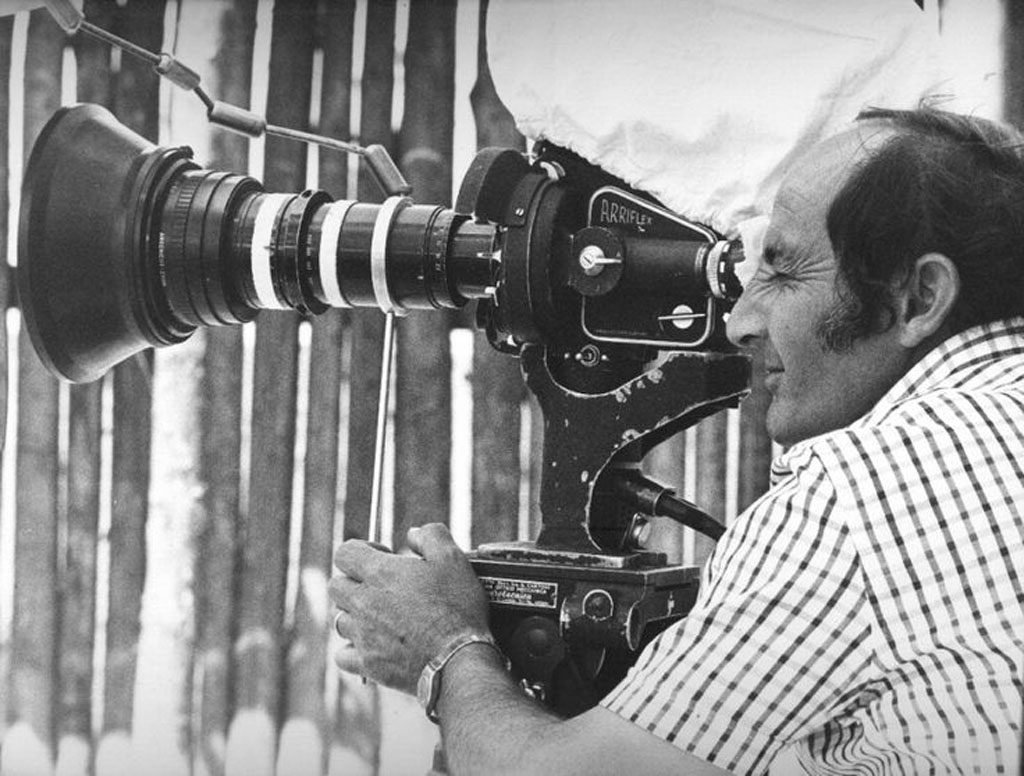
Few cinematographers have shaped the Cinema of a particular era more than Tonino Delli Colli. With his distinguishable work, the Italian Cinematographer has figured prominently in watershed moments of italian cinema history. Tonino has worked with everyone from Fellini to Roman Polanski. The sheer diversity of his work at different junctures of career is a testimony to his credentials as a historic cinematographer. Renown for his path-breaking techniques and unconventional style, Tonino’s partnership with Fellini and Pasolini is today viewed as a prime catalyst for the revival of Italian cinema. As a purveyor of Italian Neorealism of the time, Tonino is perhaps most famous among the western audience for Sergio Leone’s western spaghetti movies. The Movie ‘Life is beautiful’ (1997) was his last contribution to the world cinematography.
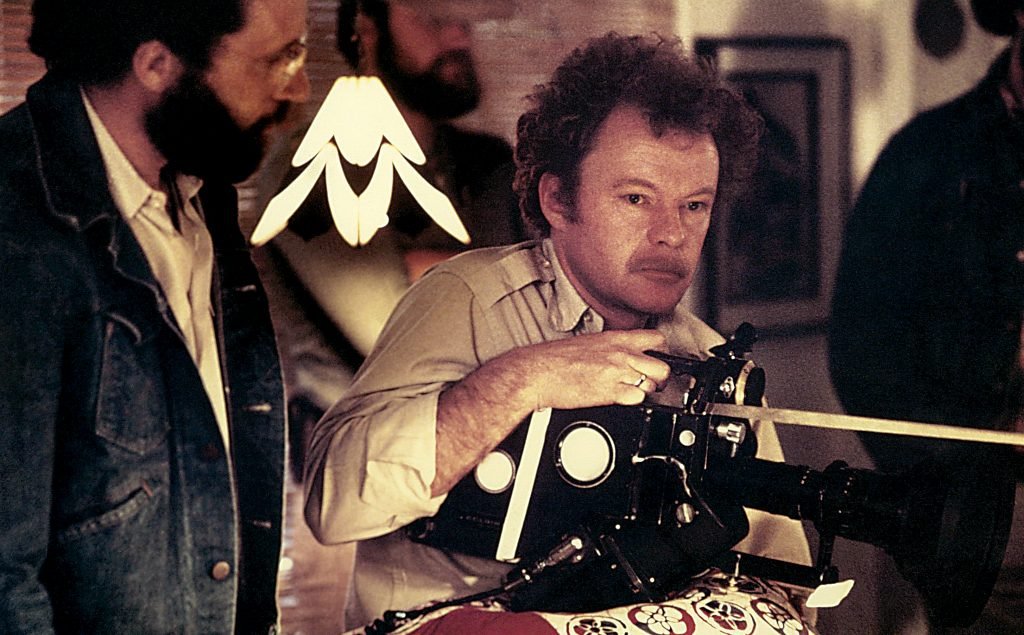
Michael Chapman is one of the most iconic cinematographers in the history of cinema. Chapman had an uncompromising vision for Cinema and was at the vanguard of “American new wave” movement. Critics and viewers alike cite Godfather (1972), Jaws (1975), Taxi driver (1975), and Raging bull as the most remarkable movies that were immortalized through chapman’s Camera. Renowned for his groundbreaking shots, Chapman’s work for “Raging bull” is widely regarded by many as the most poetic camera work in the history of American cinema. Martin Scorsese, the director of “Taxi Driver” is reported to have defined Raging Bull as one of the best photographed films.
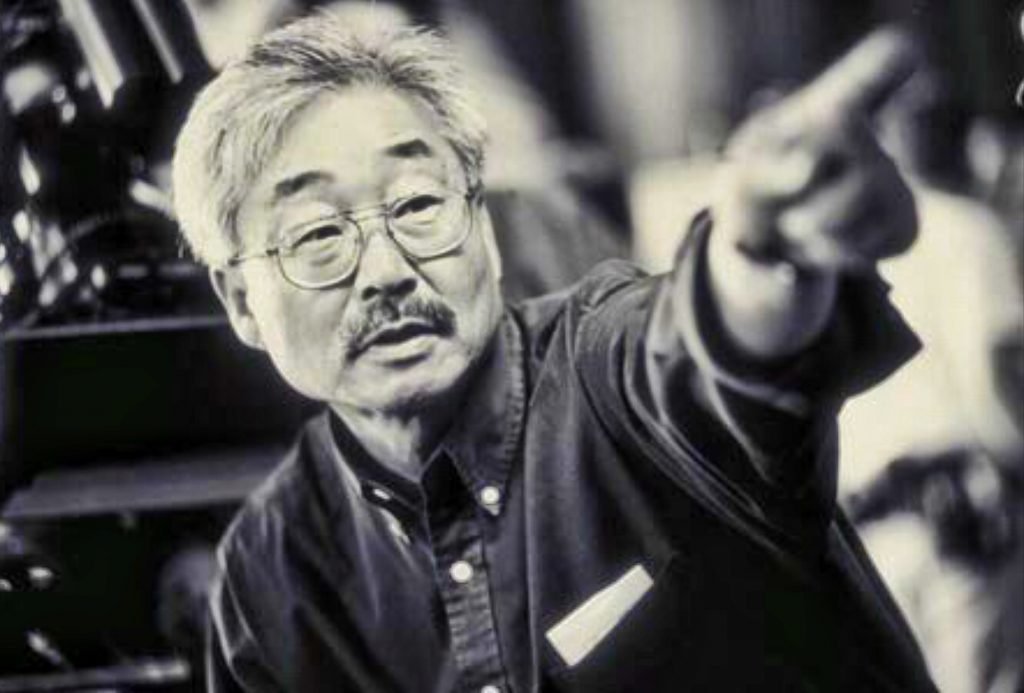
Tak Fujimoto is Japanese-American who went on to attend film school in England, and set out to pursue a career in cinematography. Among the eminent directors with whom Fujimoto has worked are John Hughes, Jonathan Demme and M. Night Shyamalan. Despite having reached the pinnacle of his career, Tak refuses to rest on his laurels. Therefore, you constantly see Fujimoto in the process of reinventing himself. He pushes the envelope while working towards realizing greater perfection. As if to further demonstrate his versatility quotient, as recently as 2011 Fujimoto worked for the Pilot of an American TV show “A Gifted Man”. In 1995 Tak won the National Society of Film Critics award for Cinematography.
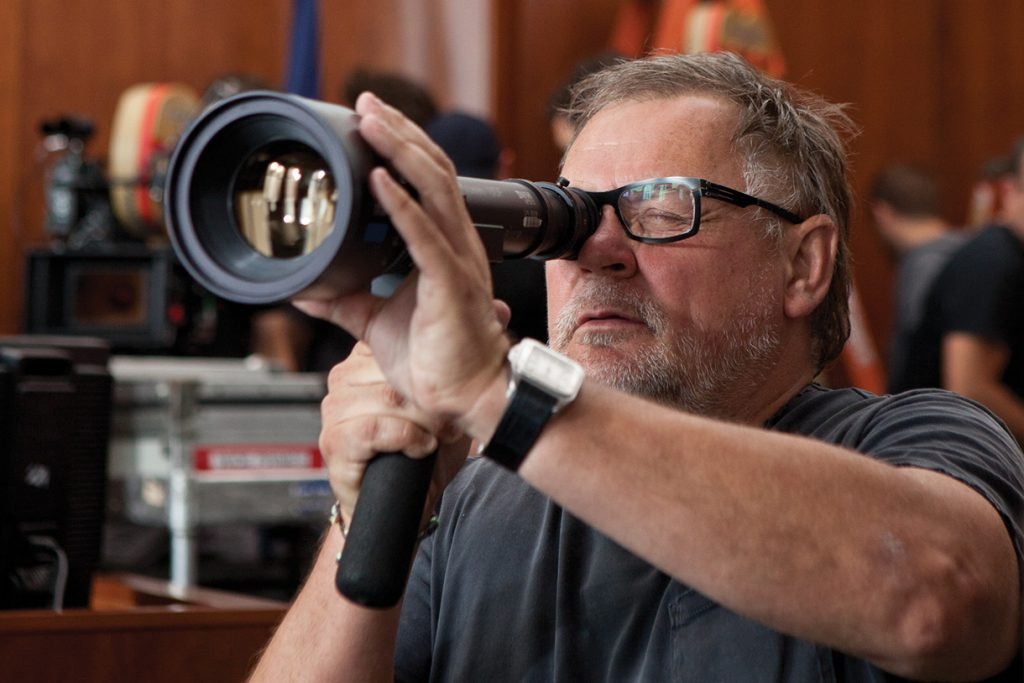
The polish cinematographer, Janusz Kaminski rose to prominence with the history drama Schindler’s List (1993). The movie earned his seven awards including an oscar for cinematography. The film also the beginning of a fruitful collaboration with Steven Spielberg, culminating in the War movie “Saving Private Ryan”. The Tom hanks starrer war movie is today regarded as one of the greatest war movies. The opening scene in the movie sees the masterful craftsmanship of Janusz Kaminski as viewers are cinematically transported to the gruesomest circumstances in Normandy invasion. Kaminski was lauded for using the then unheard of techniques to capture the scene.

